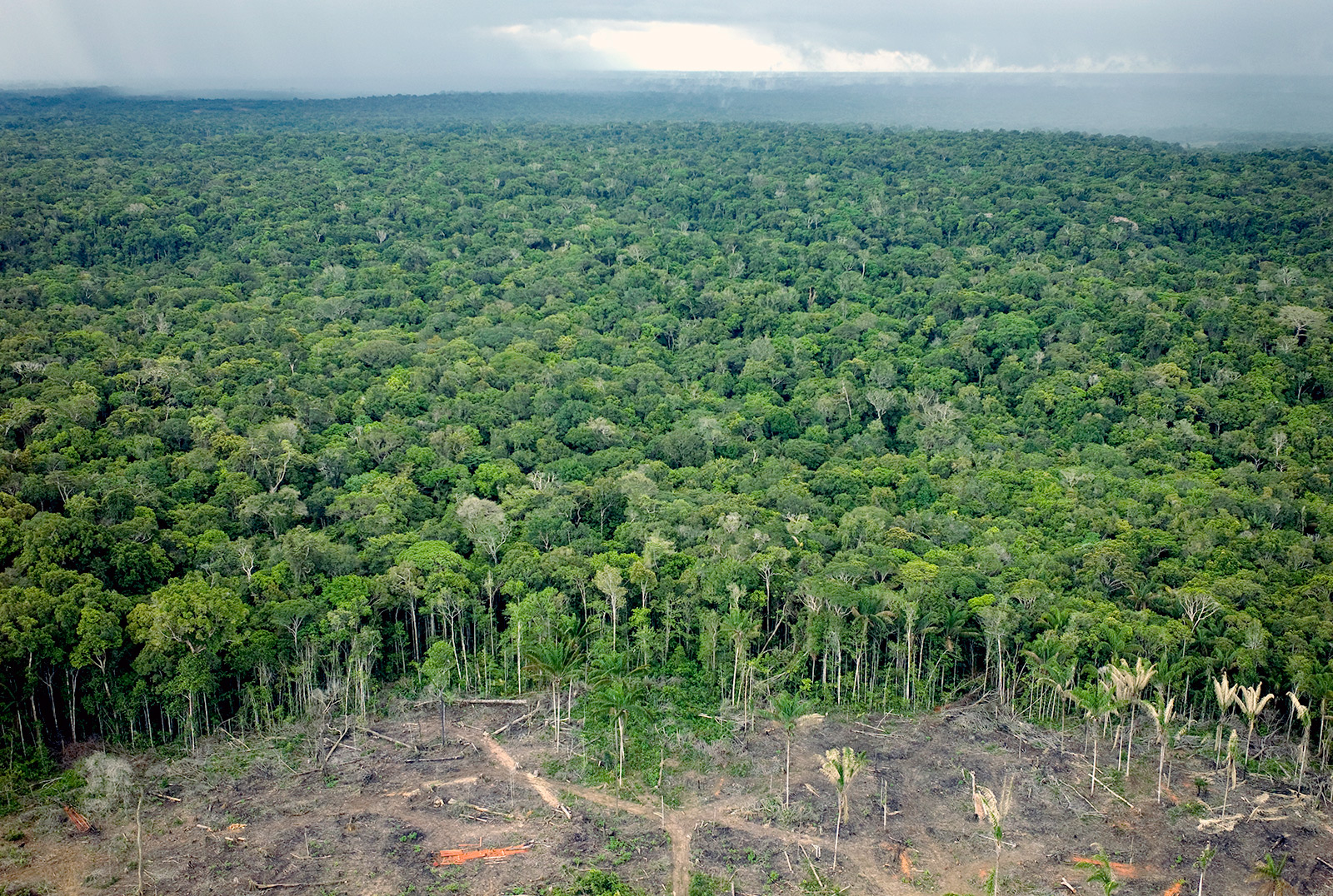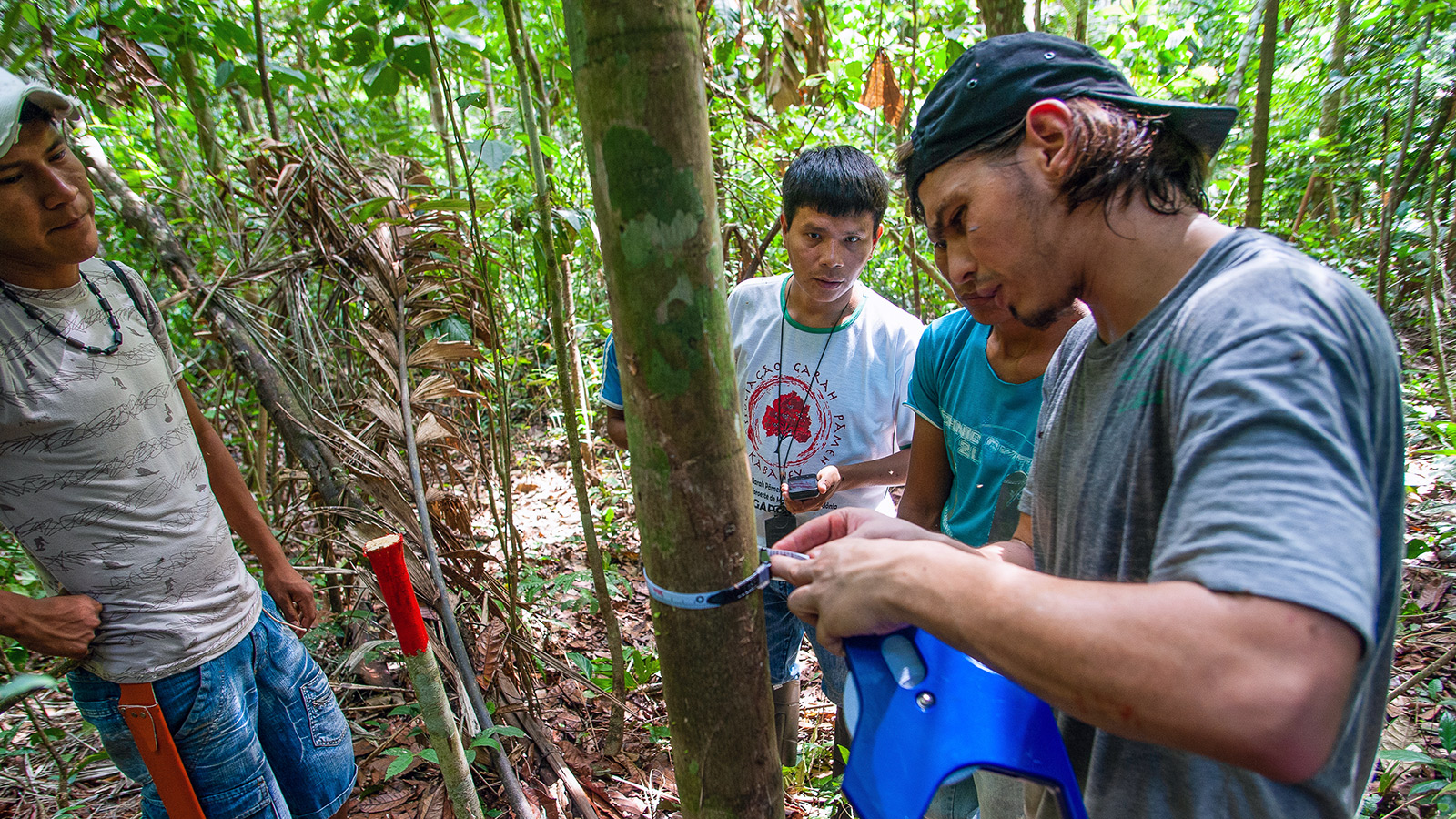Each year, burning fossil fuels puffs tens of billions of metric tons of planet-warming carbon dioxide into the atmosphere. And for decades, the Earth’s forests, along with its oceans and soil, have sucked roughly a third back in, creating a vacuum known as the land carbon sink. But as deforestation and wildfires ravage the world’s forests, scientists have begun to worry that this crucial balancing act may be in jeopardy.
A study published in the journal Nature on Wednesday found that, despite plenty of turmoil, the world’s forests have continued to absorb a steady amount of carbon for the last three decades.
“It appears to be stable, but it actually maybe masks the issue,” said Yude Pan, a senior research scientist at the U.S. Forest Service and the lead author of the study, which included 16 coauthors from around the world.
As the Earth’s forests have undergone dramatic changes, with some releasing more carbon than they absorb, Pan warns that better forest management is needed. “I really hope that this study will let people realize how much carbon is lost from deforestation,” Pan said. “We must protect this carbon sink.”
Roughly 10 million hectares of forest — an area equivalent to the size of Portugal — are razed every year, and ever-intensifying wildfires almost double that damage. The planet has lost so many trees that experts have warned forests may soon reach a tipping point, in which this crucial carbon vault would emit more planet-warming gases than it absorbs. Some studies have suggested that the Amazon rainforest, often called the lungs of the world, is already there.
Using data reaching back to 1990, the researchers analyzed hand measurements of tree species, size, and mass from 95 percent of the globe’s forests to calculate the amount of carbon being tucked away over three decades. For each biome studied — temperate, boreal, and tropical forests — the researchers considered how long-term changes in the landscape altered the region’s emissions-sucking power.
In the boreal forest, the world’s largest land biome that stretches across the top of the Northern Hemisphere, the researchers found a dire situation. Over the study period, these cold-loving tree species have lost 36 percent of their carbon-sinking capacity as logging, wildfires, pests, and drought devastated the land.
Some regions are faring worse than others: In Canada, wildfires have turned boreal forests into a source of carbon emissions. In Asian Russia forests, similar conditions caused the region to lose 42 percent of its sinking strength.
It’s the clear consequence of decades of worsening fires. A study published in Nature in June looked at 21 years of satellite records and was the first to confirm that the frequency and magnitude of extreme wildfires has more than doubled worldwide. The change is especially drastic in boreal forests, where these wildfires have become over 600 percent more common per year.
“I was just shocked by the magnitude,” said Calum Cunningham, a postdoctoral researcher at the University of Tasmania and lead author of the wildfire study.

Down near the equator, where tropical forests make up over half of the world’s tree cover area, the global carbon sequestration study found a complicated, three-part equation. Agricultural deforestation has caused a 31 percent loss of the old forest’s carbon-sinking strength. But new plant life has reclaimed large swaths of abandoned farmland, and the carbon-sucking power of these younger forests has made up for the losses from logging. Although persistent deforestation continues to create more emissions, the study found that when adding up these gains and losses, tropical forests are almost carbon-neutral.
So how has the globe managed to keep up the overall balancing act? The answer lies in temperate forests, where the carbon sink has increased by 30 percent. The study found that decades of reforestation efforts, largely by nationwide programs in China, are finally paying off. But the trend might not last. In China, urbanization and logging have begun to cut into tree cover. In the United States and Europe, wildfires, droughts, and pests have caused the temperate forest carbon sink to drop by 10 percent and 12 percent, respectively.
Forest management efforts, along with the rate of emissions, will determine how this all plays out. A paper in Nature last year found “striking uncertainty” in the continued potential of carbon storage in U.S. forests, highlighting the need for conservation and restoration efforts.
Chao Wu, a postdoctoral researcher at the University of Utah who led that 2023 study, said that mitigating emissions should be the biggest priority for solving the climate crisis. “But the other important part is nature-based climate solutions, and the forest will be a very important part of that,” Wu said.
Richard Houghton, a senior scientist at the nonprofit Woodwell Climate Research Center who contributed to the latest sequestration study, says it’s “luck, in a sense” that the global forest carbon sink has remained stable.
For it to stay that way, Houghton and Pan said that increased restoration efforts and reduced logging are needed in all biomes, and especially in tropical forests, where 95 percent of deforestation occurs. “We don’t have enough preservation,” Houghton said, adding that protecting forests has added biodiversity and ecosystem health benefits. “There’s always more reasons to do a better job.”




